View all Standards for Texas Essential Knowledge and Skills for Theatre Arts
B.2.D express thoughts and feelings using effective voice and diction.
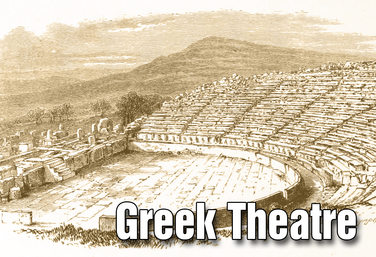
Part of the Drama One Curriculum
Ancient Greek Theatre
by Karen Loftus
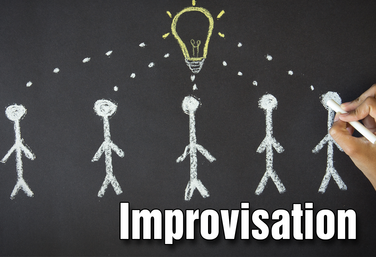
Part of the Drama One Curriculum
Improvisation
by Karen Loftus
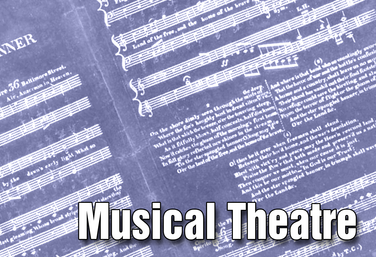
Musical Theatre
by Anna Porter
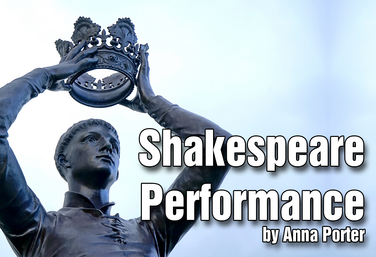
Shakespeare Performance
by Anna Porter
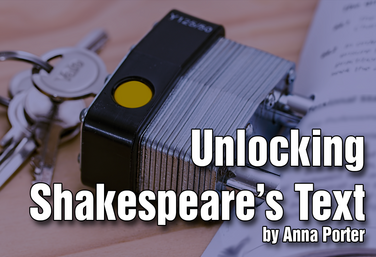
Unlocking Shakespeare's Text
by Anna Porter
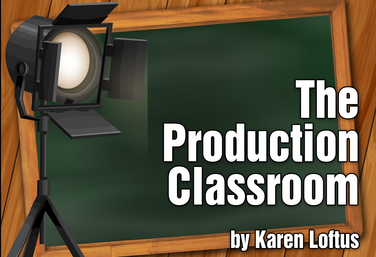
Part of the Production Classroom Units Curriculum
Production Classroom Units Overview
by Karen Loftus

Part of the Production Classroom Units Curriculum
Part One - Pre-Production
by Karen Loftus

Part of the Production Classroom Units Curriculum
Part Two - Rehearsal and Performance
by Karen Loftus

Part of the Production Classroom Units Curriculum
Part Two - Documents
by Karen Loftus

Part of the Production Classroom Units Curriculum
Part Three - Reflection and Assessment
by Karen Loftus
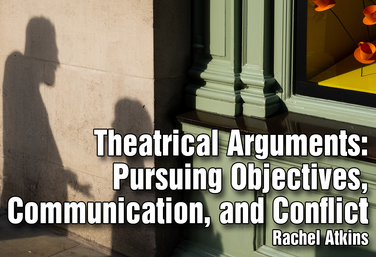.png)
Theatrical Arguments: Pursuing Objectives, Communication, and Conflict
by Rachel Atkins
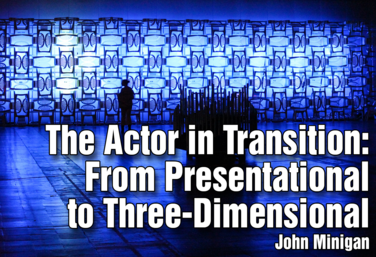
The Actor in Transition: From Presentational to Three-Dimensional
by John Minigan
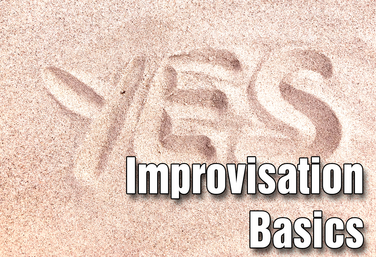
Part of the Middle School Curriculum
Unit Two: Improvisation Basics
by Lindsay Johnson
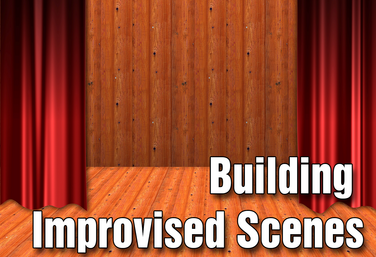
Part of the Middle School Curriculum
Unit Three: Building Improvised Scenes
by Lindsay Johnson
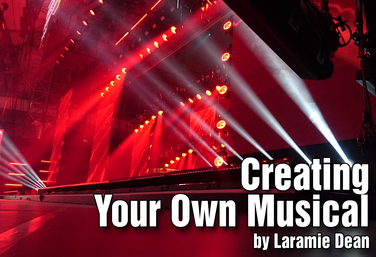
Creating Your Own Musical
by Laramie Dean
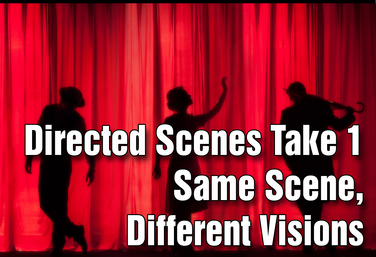
Part of the Middle School Curriculum
Unit Six: Directed Scenes Take 1: Same Scene, Different Visions
by Lindsay Johnson
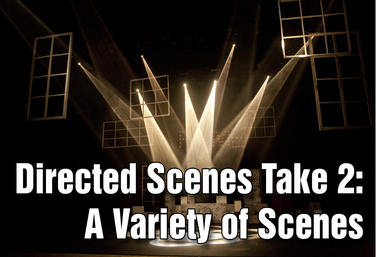
Part of the Middle School Curriculum
Unit Seven: Directed Scenes Take 2: A Variety of Scenes
by Lindsay Johnson
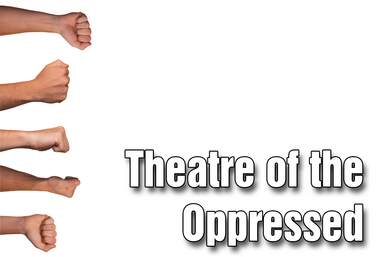
Part of the Middle School Curriculum
Unit Eight: Theatre of the Oppressed
by Lindsay Johnson
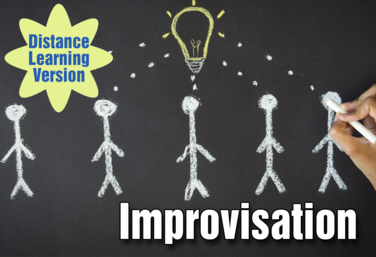
Part of the Distance Learning Curriculum
Improvisation
by Lindsay Price and Karen Loftus
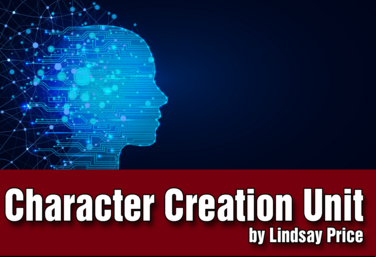
Character Creation: Superhero Series: Multi platform
by Lindsay Price and Kerry Hishon
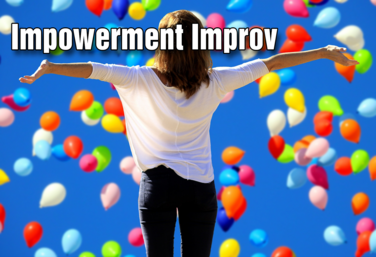
Impowerment Improv
by Jennine Profeta
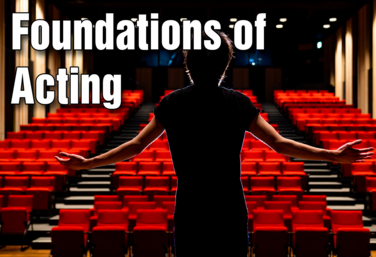
Foundations of Acting
by Annie Dragoo
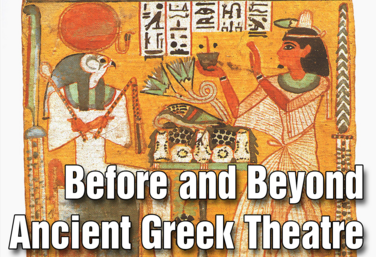
Part of the Theatre History Curriculum
Unit 1: Before and Beyond Ancient Greek Theatre
by Drama Teacher Academy
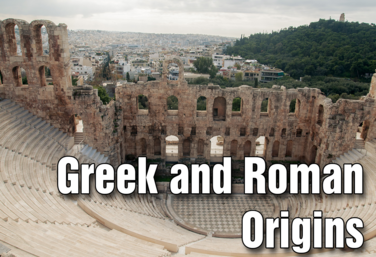
Part of the Theatre History Curriculum
Unit 2: Greek & Roman Origins
by Drama Teacher Academy
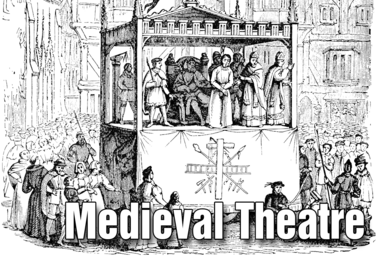
Part of the Theatre History Curriculum
Unit 3: Medieval Theatre
by Drama Teacher Academy
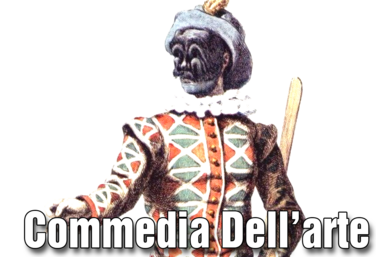
Part of the Theatre History Curriculum
Unit 4: Commedia Dell'Arte
by Drama Teacher Academy
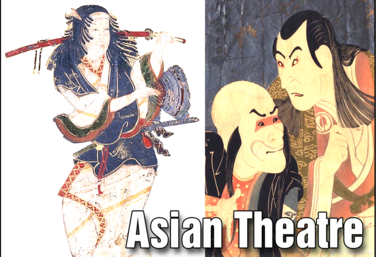
Part of the Theatre History Curriculum
Unit 5: Asian Theatre
by Drama Teacher Academy
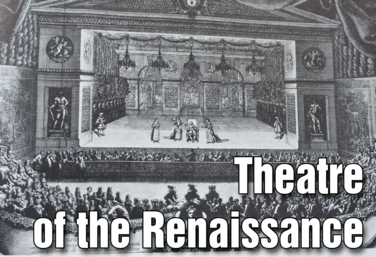
Part of the Theatre History Curriculum
Unit 6: Theatre of the Renaissance
by Drama Teacher Academy
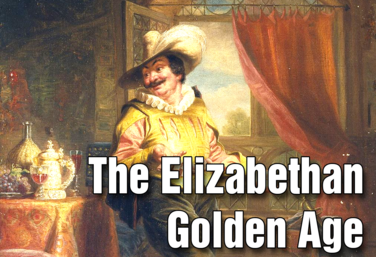
Part of the Theatre History Curriculum
Unit 7: The Elizabethan Golden Age
by Drama Teacher Academy
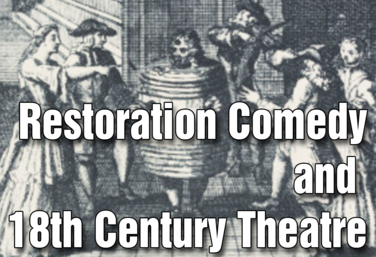
Part of the Theatre History Curriculum
Unit 8: Restoration Comedy & 18th Century Theatre
by Drama Teacher Academy
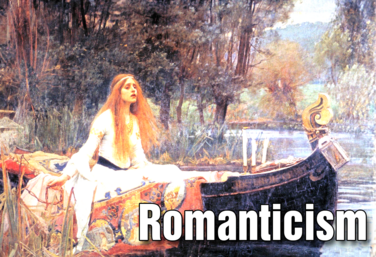
Part of the Theatre History Curriculum
Unit 9: Romanticism
by Drama Teacher Academy
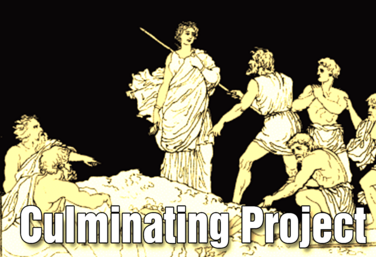
Part of the Theatre History Curriculum
Culminating Project
by Drama Teacher Academy
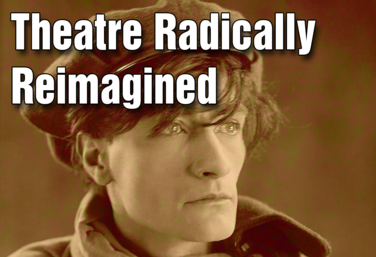
Theatre Radically Reimagined: Exploring Artaud, Grotowski, and Boal
by Ruthie Tutterow
.png)
Realism and Naturalism
by Drama Teacher Academy

Spoken Word Poetry
by Quincy Young
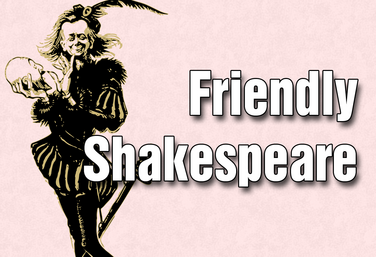
Friendly Shakespeare
by Todd Espeland

The Production Classroom
by Karen Loftus
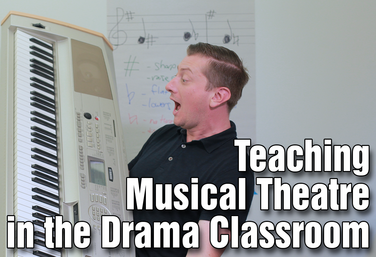
Teaching Musical Theatre in the Drama Classroom
by Colin Oliver
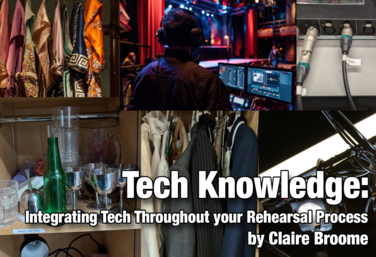
Tech Knowledge: Integrating Tech Throughout Your Rehearsal Process
by Claire Broome
View all Standards for Texas Essential Knowledge and Skills for Theatre Arts Standards Master List